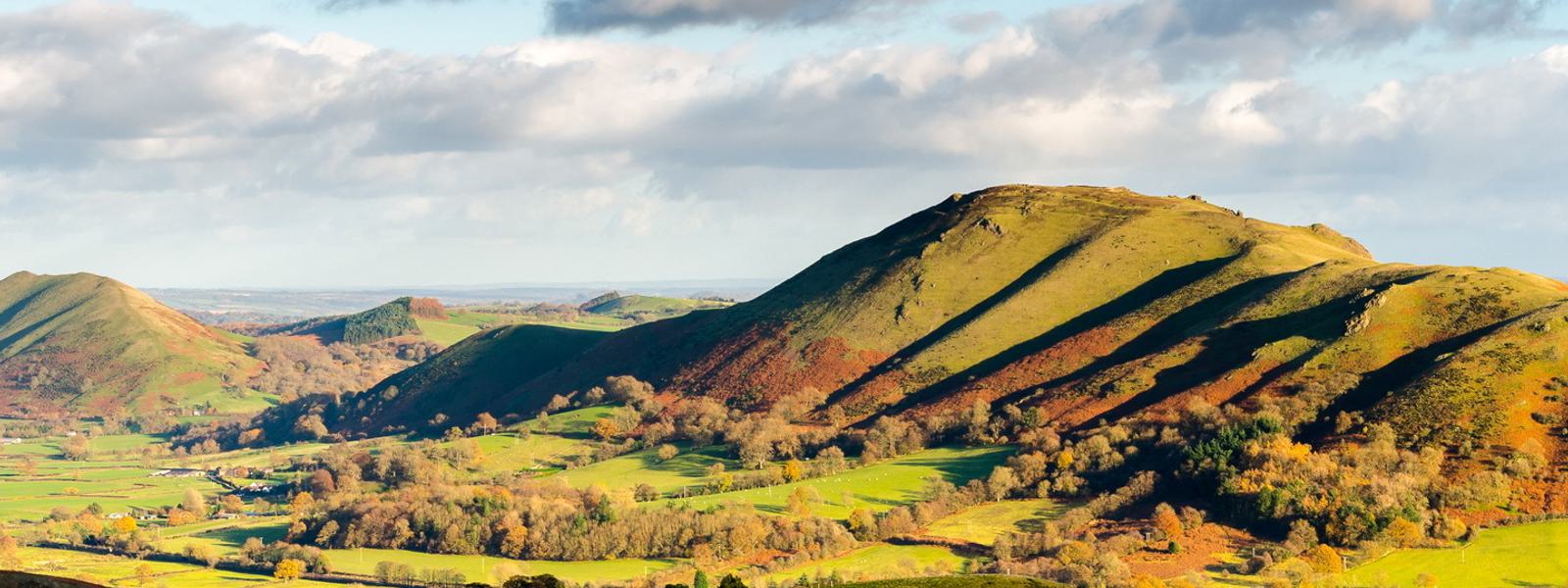Protected landscapes duty not a ‘brake on growth’ but a vital mechanism for the UK’s sustainable development
National Landscapes Association and National Parks England are concerned by a suggestion that Government may seek to water down or repeal the Protected Landscapes duty. The duty became law at the end of 2023 and requires public bodies and utility companies to take an active role in the environmental stewardship of National Landscapes and National Parks. In practice this can mean taking steps to ensure their actions don’t harm or pollute and that planning and development decisions properly consider the impact on the landscape.
Recent press reports (notably in The Times) suggest that the duty might be watered down or removed in pursuit of housing and infrastructure targets. This would constitute a serious regression in environmental, social, and governance terms.
The duty is a crucial mechanism that brings environmental, social and economic interests round the table, enabling early conversations for the best possible decisions. Early conversations between Protected Landscapes bodies, planning authorities and developers will lock good environmental design, long-term sustainability and landscape and nature considerations into the UK’s necessary development.
Current infrastructure cases, including Lower Thames Crossing, Gatwick and Luton airport extensions, are examples of where the duty has been introduced part-way through the process, and therefore are not representative of the full policy intent of the duty. The duty, particularly when backed up by clarifying regulations, will avoid conflict and delays, by building in environmental and landscape consideration from the outset.
But the duty has a much broader reach than planning. Since its introduction, the duty has helped foster unprecedented collaboration between public bodies to ensure National Parks and National Landscapes can make an even greater contribution to achieving the Government’s targets and objectives, such as the globally agreed ambition to conserve 30% of land for nature by 2030.
Environmental and landscape protections are not a ‘brake on growth’ – they are what make our country worth living in and worth visiting for the 245 million visitors per year that visit National Landscapes and National Parks, and who generate at least £36 billion in visitor spend. More fundamental than this, the health of our environment silently and powerfully underpins the health of our economy. Skewing this balance will have devastating consequences – and future generations will be left to clear up the mess.
